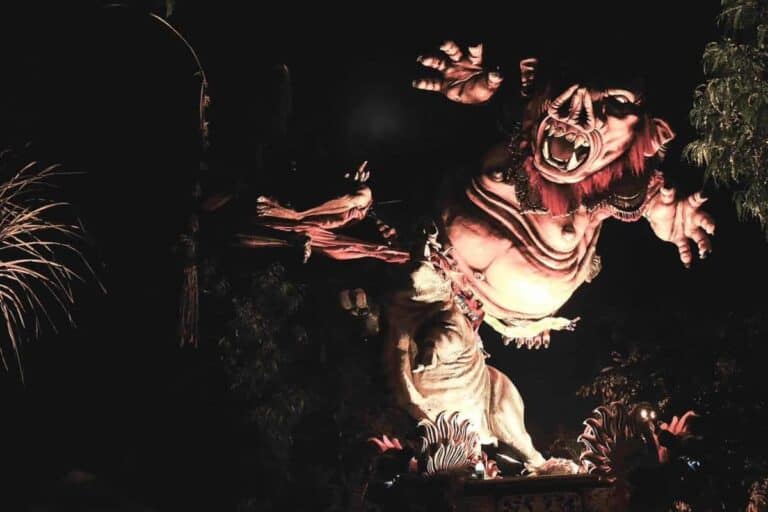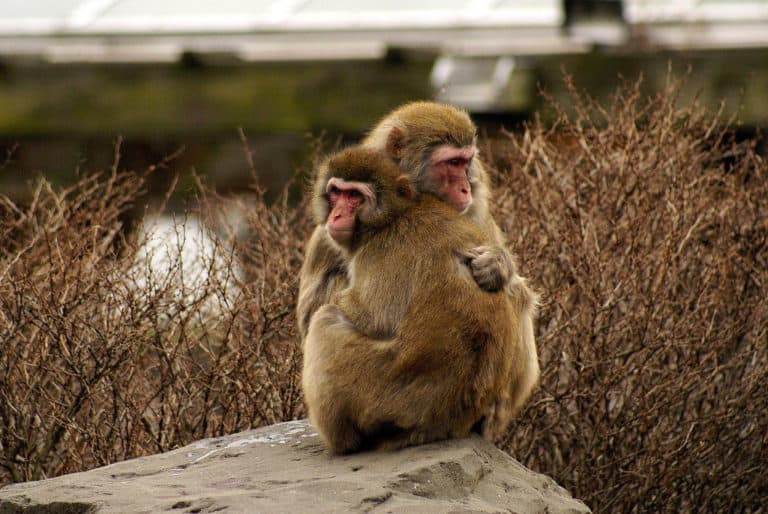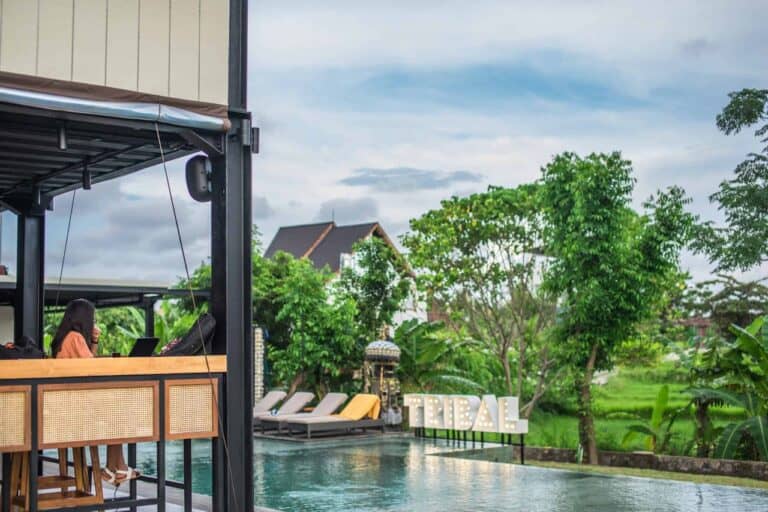There are so many amazing ceremonies and celebrations that take place throughout the Balinese Hindu calendar.
During the highly anticipated Galungan and Kuningan celebrations, you will see the streets come alive with beautiful decorations, and feel a hint of excitement in the air.
As 2 of the biggest ceremonies within the Balinese Hindu religion, what exactly are Galungan and Kuningan?
Keep reading to find out!
What are Galungan and Kuningan?
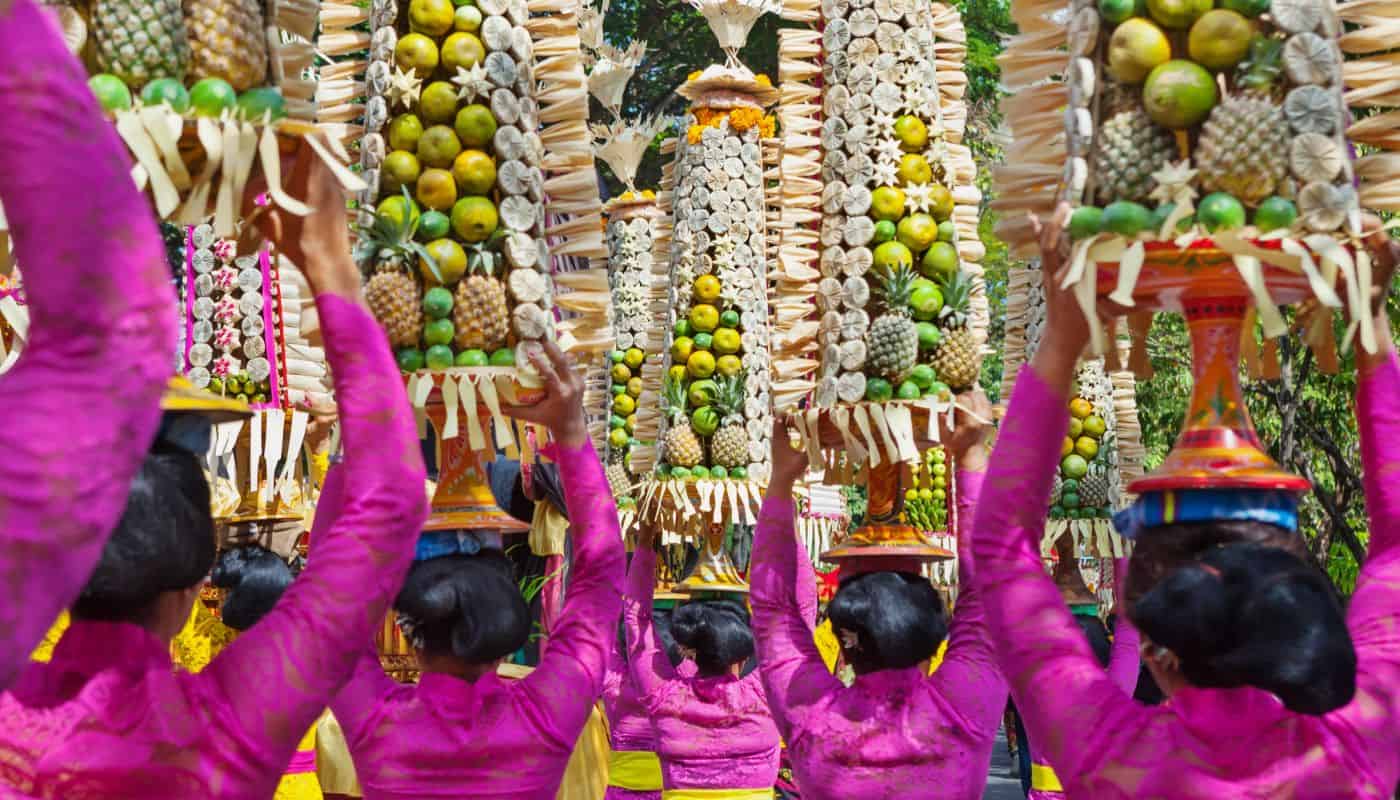
Galungan is the first of the celebrations, with Kuningan following 10 days later. They happen twice a year, with the many parts of the ceremonies holding different significance. It is first celebrated between March or April, and again in October or November. Often treated like the Balinese Hindu version of Christmas, they are the biggest celebrations of the year.
Galungan and Kuningan have been happening since the 11th century. Legend says that during this period of time, the spirits of the dead come back to visit their families on Earth.
Galungan Day represents the victory of good over evil, and is considered the day when the spirits of the ancestors return to Earth. During this day, local Hindus will pray at their home temples and family shrines. Wearing their best clothes, they pray and meditate, thinking about their ancestors and the wisdom they passed through the generations.
Kuningan marks the end of the holiday period, and is the day when the ancestors depart for the afterlife. On this day, people make offerings at the temple and family shrines, and visit each other’s homes to exchange gifts.
Many parts of the celebrations are the same as they were centuries ago. It is a time when people clean their homes and make repairs, as it is believed to bring good luck.
Why are Galungan and Kuningan Important?
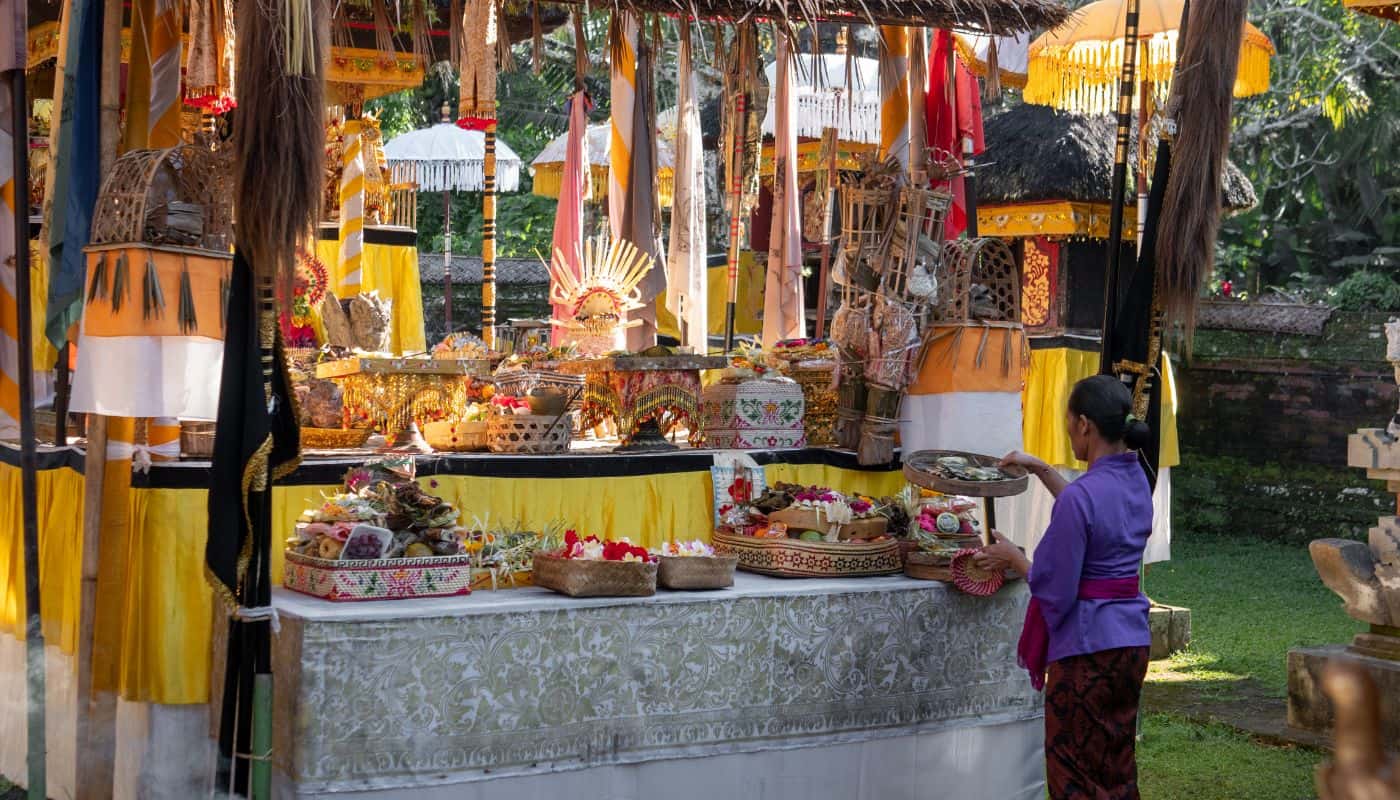
A chance to gather together with friends and loved ones, by celebrating Galungan and Kuningan, locals can show their ancestors, and the gods and goddesses they worhsip, that they respect the old traditions and do their part to continue the lineage.
Showing their respect to the connection between the spiritual and earthly realms, the triumph of good over evil and guidance from their ancestors, Galungan and Kuningan are an important part of the religion.
What Should You Do on Galungan and Kuningan?
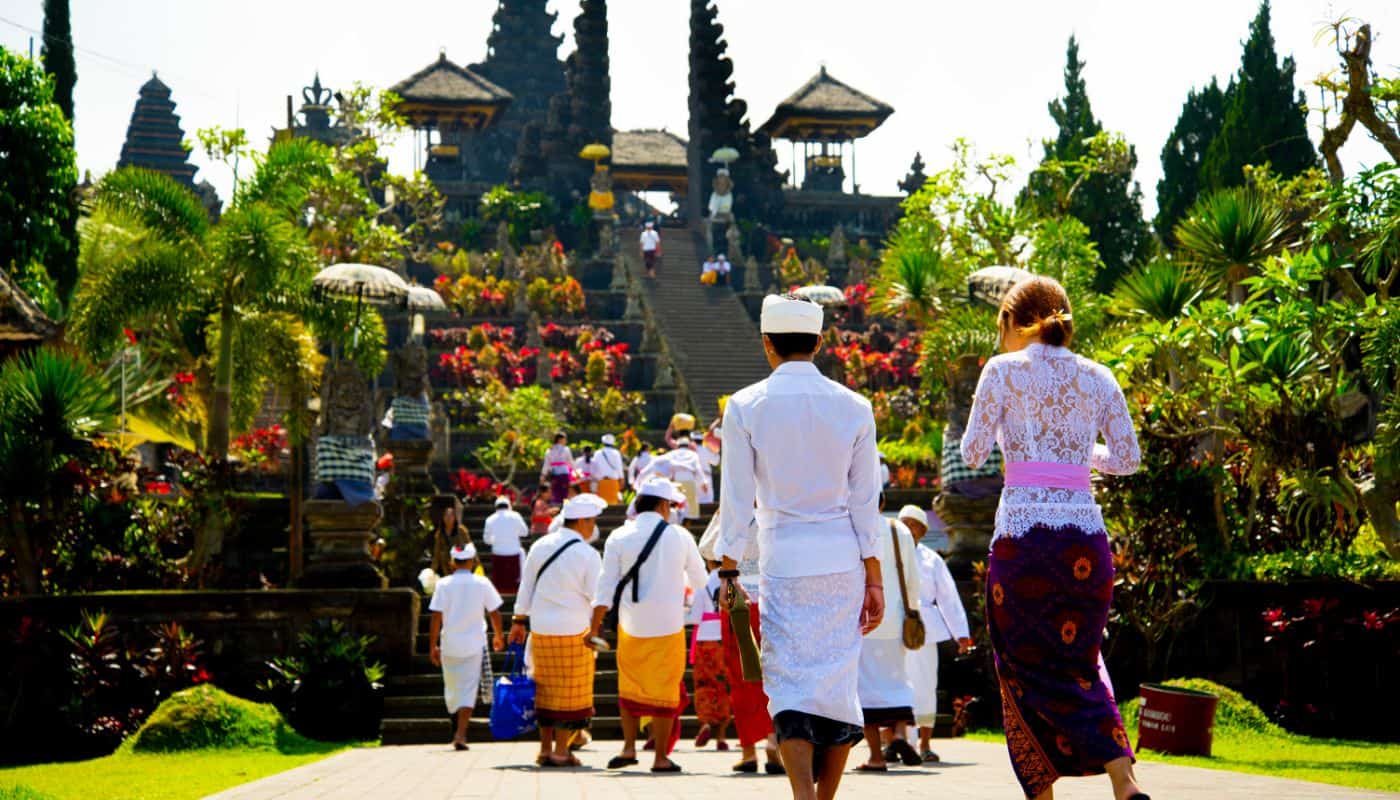
Visiting Bali during Galungan and Kuningan will give you a chance to see the beautiful ceremonies taking place, as well as the stunning street decorations.
You can join in the traditional prayer ceremonies with the Balinese people, visiting their local temples to offer prayers and offerings to the spirits of their ancestors. It is a great way to show respect to the local culture, and get a glimpse of the spiritual side of Bali.
You can also check out the penjor ceremony. Penjor are the tall bamboo poles used at decorations along the streets and in local home. Help your local friends set up their penjor, and see the magic of the time.
During the holiday, you will find traditional performances, street food fairs and celebrations taking place all over the island. Immerse with the locals and join in the super special and significant ceremony.
Final Thoughts
Heading to Bali during Galungan and Kuningan will give you the opportunity to see a different side of the island, beyond the tourist hotspots. Join the locals as they worship to their gods and ancestors, decorate homes with beautiful penjor, and tuck into some seriously tasty local dishes.
Celebrate and respect Balinese Hinduism by joining in their traditional ceremonies.
Featured image: Galungan in Tanah Lot Temple


